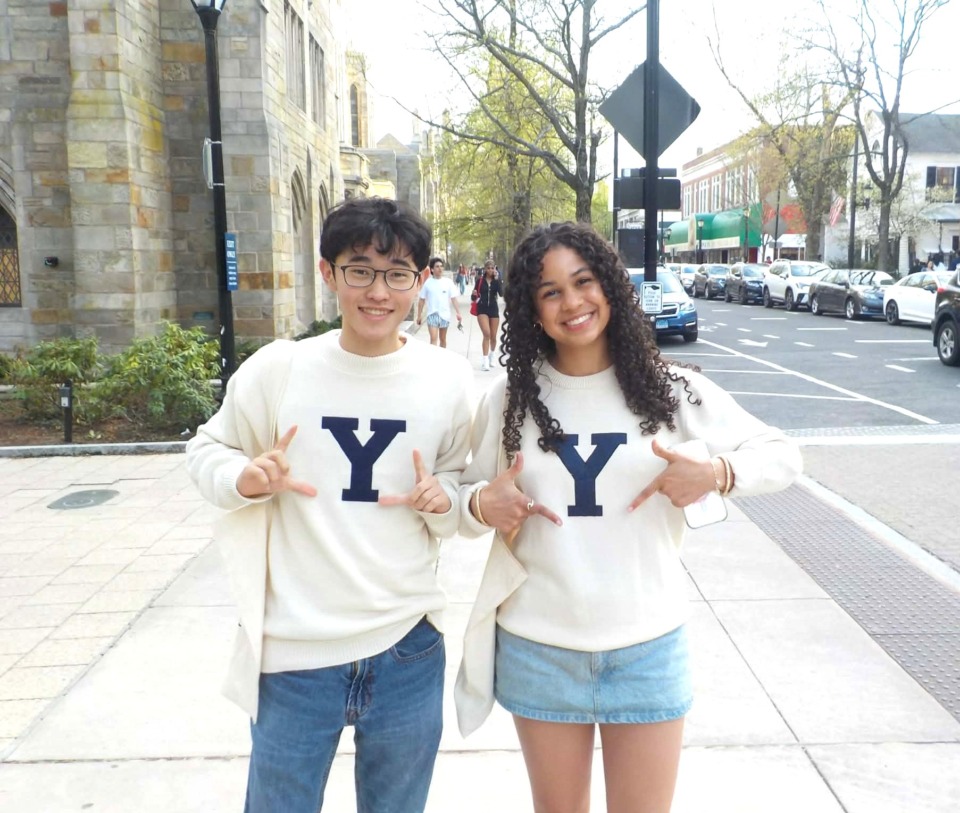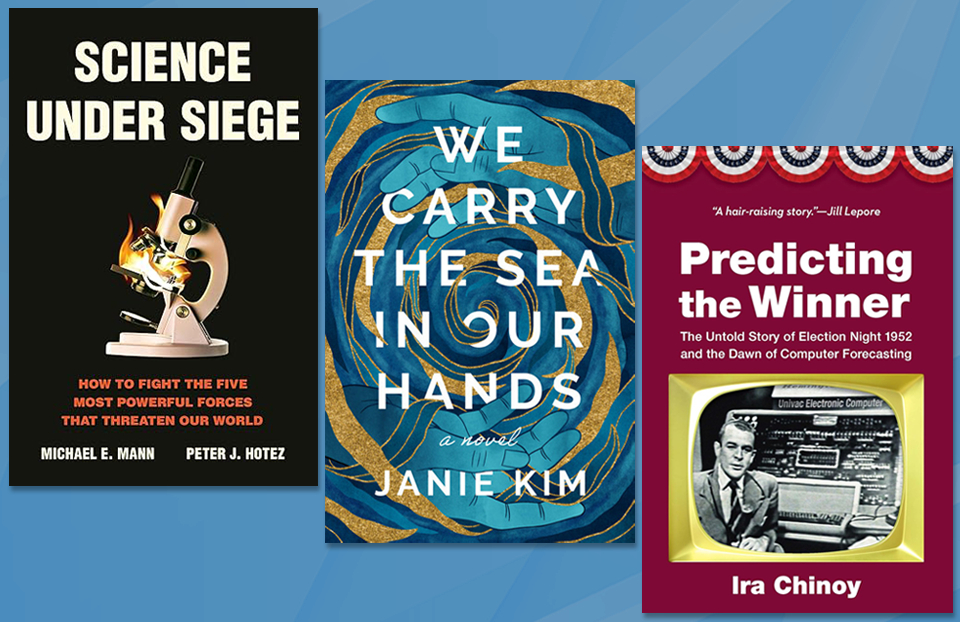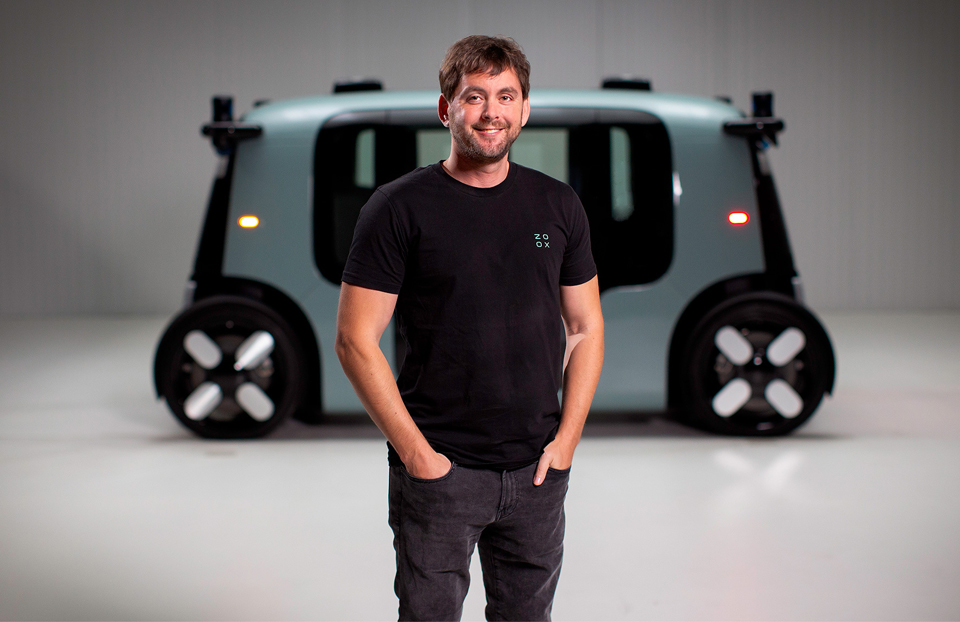Alumni, Broadcom MASTERS, ISEF
Intel ISEF alum gives back to current finalists
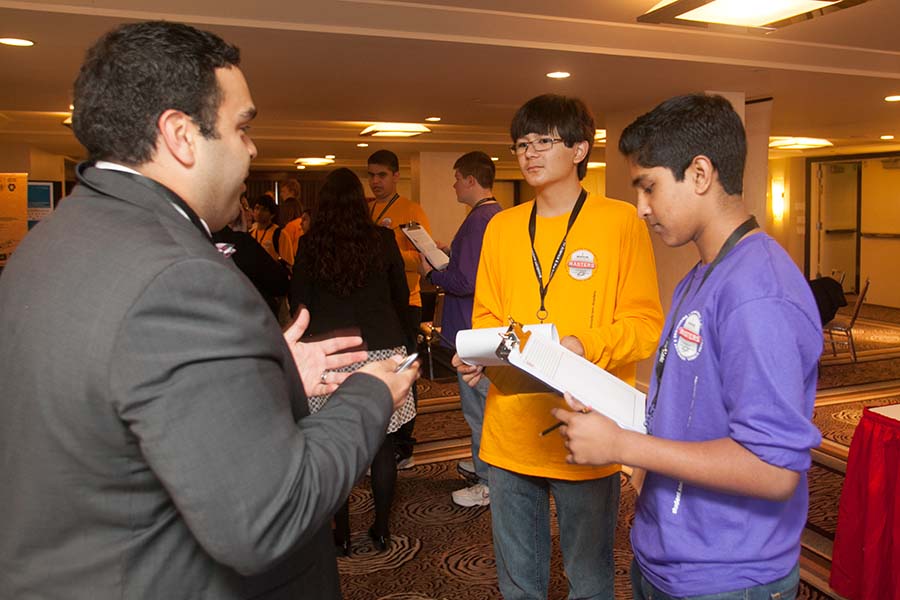
David Soto-Pantoja was an Intel International Science and Engineering Fair (Intel ISEF) finalist in 1998. He recently participated in a “reverse science fair” during our Broadcom MASTERS competition, and is planning to be a Grand Award judge at Intel ISEF 2015 in Pittsburgh this May.
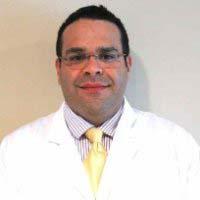
What was your experience being an Intel International Science and Engineering Fair finalist like?
Being a finalist was a thrilling experience. My biggest goal when I was in high school was to represent Puerto Rico at Intel ISEF. I had participated in science fairs since ninth grade and finally achieved my goal during my senior year in high school. I had the opportunity to share my work with others and exchange ideas, which is one of the many aspects that motivated me to continue working toward a career in science. My most memorable experience was the Pin Exchange; I had a chance to meet many others from around the world who, like me, were really invested in science.
Can you provide a short description of your research project and how you initially became interested in this topic/science in general?
In the 1990’s there was a lot of talk about how emissions were contributing to the depletion of the ozone layer. This ignited my curiosity around searching for alternative energy sources and possibly creating a recycling system that generated minimal waste. I used organic materials from several sources: home, the sugar cane industry, and water hyacinths (considered a pest and river weed in Puerto Rico).
I generated energy from these materials and compared it to that of manure, which was well known to generate energy through production of methane gas. Then I took that material, used it as a fertilizer, and showed that it was equal or better than commercial chemical ones. With the roots of the water hyacinth, I created a filter and showed the importance of it in the river ecosystem, which led to more conscientious control of this plant.
How did doing original research and participating in events like Intel ISEF affect your education and career trajectory?
For my Intel ISEF project, I had the opportunity to work in a laboratory at a university in my hometown. This reinforced my notion that I wanted to continue a career in science. Since I had laboratory experience when I came to college, I was allowed to work in research beginning my freshman year, which was not normally allowed. This led me to obtain research internships at Yale University, which motivated me to continue a career in what is my passion today: cancer research.
After I completed my bachelors’ degree, I went to Wake Forest University to obtain my PhD in Molecular Genetics where I focused my effort on finding novel treatments for triple negative breast cancer, which then led me to my current position at NIH. Therefore, I feel that Intel ISEF is at the epicenter of my decision to continue to pursue a scientific career.
What are you up to now?
I am currently a cancer research fellow at the National Cancer Institute at the National Institutes of Health. I focus my efforts on targeting a receptor known as CD47 and the sensitization of cancer to radiotherapy and chemotherapy. I have been primarily interested in looking at mechanisms to activate anti-tumor immunosurveillance, therefore this drug is very unique since it not only targets the tumor but also activates the immune microenvironment to fight the tumor (Soto-Pantoja DR Cancer Research 2014). Surprisingly this drug protects normal tissue from the side effects of ionizing radiation, therefore I have also studied whether targeting this receptor could serve as a potential countermeasure defense drug (Soto-Pantoja DR Scientific Reports 2013).
Career/research highlights you would like to share?
One of the most rewarding aspects of my career was that my thesis work led to the development of clinical trials at the Wake Forest Comprehensive Cancer Center. Seeing that your work findings are helping patients in the clinic is very unique and very fulfilling. Through great mentoring both in graduate school and when pursuing my postdoc, I managed to have a productive and successful career including publications and successful applications for research grants.
We have recently discovered that using a drug to target CD47 activates T-cell anti-tumor immunity. This is very unique because not only can this drug target the tumor but also potentiate the microenvironment to attack and reduce tumor burden. The paper on this was published in October in the journal Cancer Research.
When I was in graduate school, I was successful in obtaining a Department of Defense Breast Cancer Research Program training award this supported my thesis work at Wake Forest. At NIH, I was successful in obtaining the NCI Innovation Award to support one of my research projects, which led to the discovery that CD47 causes radioprotection through the increase in autophagy. More recently I was awarded a NCI K22 award which will allow me to start my own laboratory at an academic institution, so I am looking forward to the next phase as an independent scientist finding novel drugs for the treatment of cancer and improving patient care.
Do you have any advice for young students interested in science?
My advice is not to wait for opportunities to appear. Create them. If students are interested in a subject, they should go knock on doors, e-mail people, and make those opportunities happen.
This year, you participated in a reverse science fair/career panel at the Broadcom MASTERS competition. Can you tell us about why you decided to participate in this event?
The SSP programs had a profound impact on my career and it is a privilege to be part of that. I love mentoring and teaching and motivating kids and students of every level to continue careers in science.
We are currently in an economic environment where science funding is one of the first things to be cut and we need to educate our kids in the importance of research for the sustainability of our nation. These kids are ambassadors and our future depends on them leading us in science and discovery in the future.
What was the best part of participating in the reverse science fair?
All of the finalists were phenomenal, and it was wonderful to have the opportunity to talk to them. I wish we could reach out to more kids. The thing I love the most is the energy. I fed off of it, and when I got back to the lab I wanted to run a thousand experiments.
